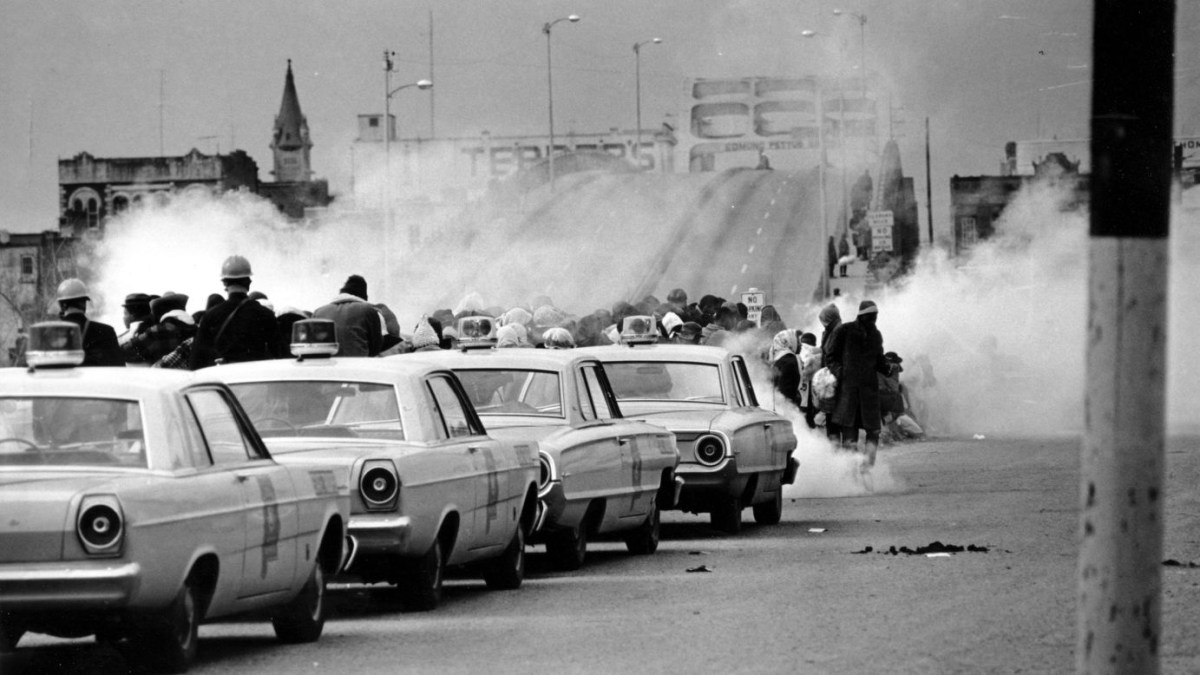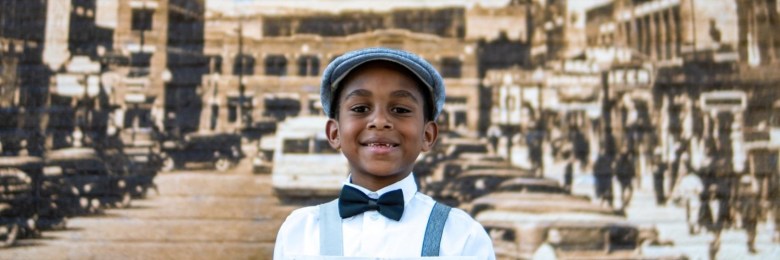|
Listen to this article here
Getting your Trinity Audio player ready...
|
On Sunday, March 7, 1965, a group of 600 peaceful protesters departed from Selma, Alabama. Their end destination was the state’s capitol city of Montgomery.
Led by Rev. Dr. Martin Luther King Jr., this planned demonstration was to demand equality in the voting rights of Black Americans. It was also to address the death of Jimmie Lee Jackson who had been shot and killed a month earlier by an Alabama state trooper during a voting rights protest.
When the group reached the Edmund Pettus Bridge, police on horseback and counter-protesters confronted them. Using tear gas, whips, and batons, state troopers forced the group to return to Selma. One of the attendees was John Lewis, a Freedom Rider who later became a United States Senator. With the masses left bruised and bloodied, the day is now remembered as Bloody Sunday.
Despite this initial setback, King reassessed his plans. Two days later, he returned to the bridge with a significantly larger group. When the more than 2,000 marchers arrived at the Edmund Pettus Bridge they once again came face to face with state troopers.
This time, King led his congregation in prayer. The troopers stepped aside, seemingly to let the group pass. However, fearing a situation that mirrored that of two days prior, King turned his followers around and headed back to Selma.
President Johnson Calls for Change
On March 15, President Lydon B. Johnson spoke on national television to voice his support for the march. “There is no cause for pride in what happened in Selma,” Lyndon said. “There is no cause for self-satisfaction in the long denial of equal rights of millions of Americans.”
Two days later the president called on Congress to draft legislation to protect voting rights. The bill prohibits the use of poll taxes and literacy tests to obtain voter registration. On August 6, Johnson signed it into law, naming it the Voting Rights Act of 1965.
The Third and Final Attempt to March
Fourteen days after the first attempt to march to Montgomery, thousands departed from Selma. This time with the protection of the U.S. Army and the Alabama National Guard. They marched for 12 hours each day, sleeping in fields along the route.
Met by a group of 50,000 supporters, the group arrived in Montgomery on March 25.
“The confrontation of good and evil compressed in the tiny community of Selma generated the massive power to turn the whole nation to a new course,” King said as he addressed the crowd.
“A president born in the South had the sensitivity to feel the will of the country, and in an address that will live in history as one of the most passionate pleas for human rights ever made by a president of our nation, he pledged the might of the federal government to cast off the centuries-old blight.”
Related Stories
VP Harris Delivers Remarks at 59th Anniversary Commemoration
Vice President Kamala Harris was present in Selma on March 4th, to commemorate the 59th anniversary of Bloody Sunday. On a stage next to the national historical landmark Edmund Pettus Bridge, she spoke to the nation.
Harris took the opportunity to address the humanitarian crisis in Gaza. “What we are seeing every day in Gaza is devastating,” the Vice President said. “As I have said many times, too many innocent Palestinians have been killed.” She then talks about the recent mass killing of 118 civilians by the Israeli military. The event, dubbed the Flour Massacre, saw hundreds of people shot at while waiting to receive food rations.
She then shifts focus back to Bloody Sunday. “[Marching] peacefully, they knew violence against them was inevitable,” Harris stated. “They were forced to retreat and yet they would not be deterred, defeated, or denied. They returned to this bridge while many were still bound in bandages because they knew what was on the other side. A promise of a future that was more equal, more just, and more free.”


